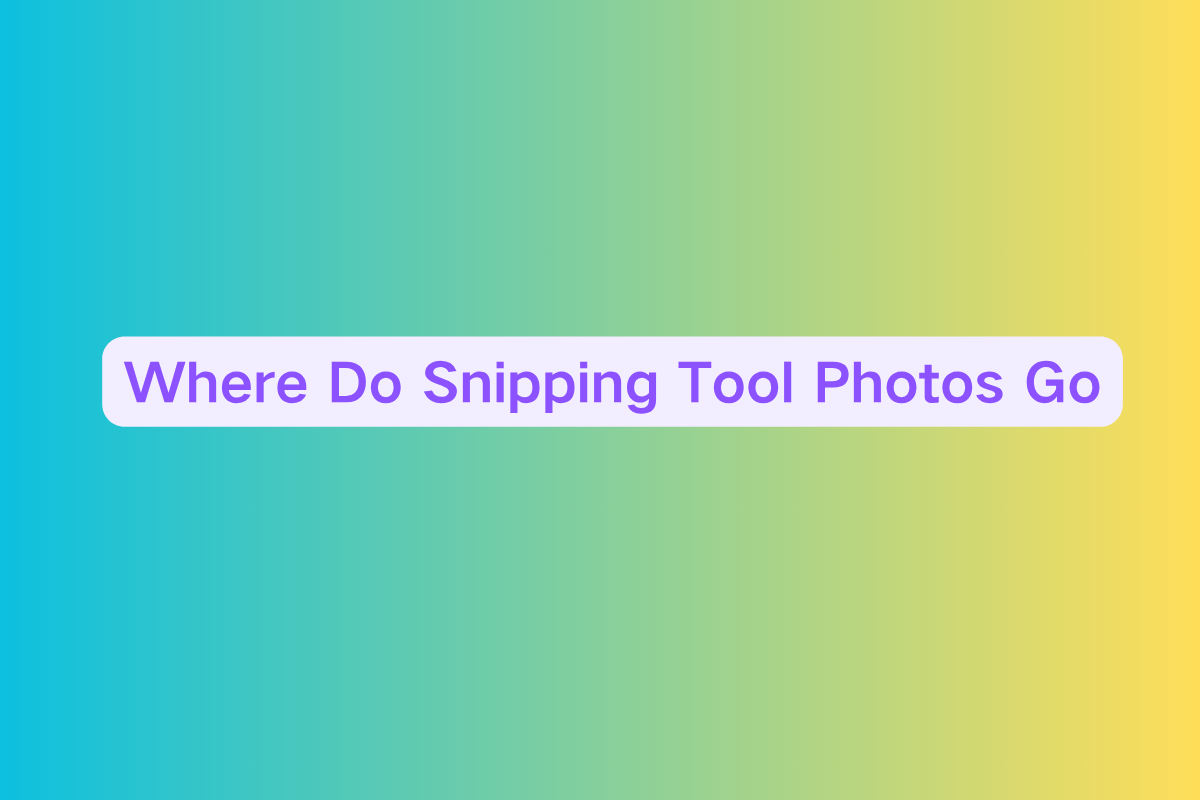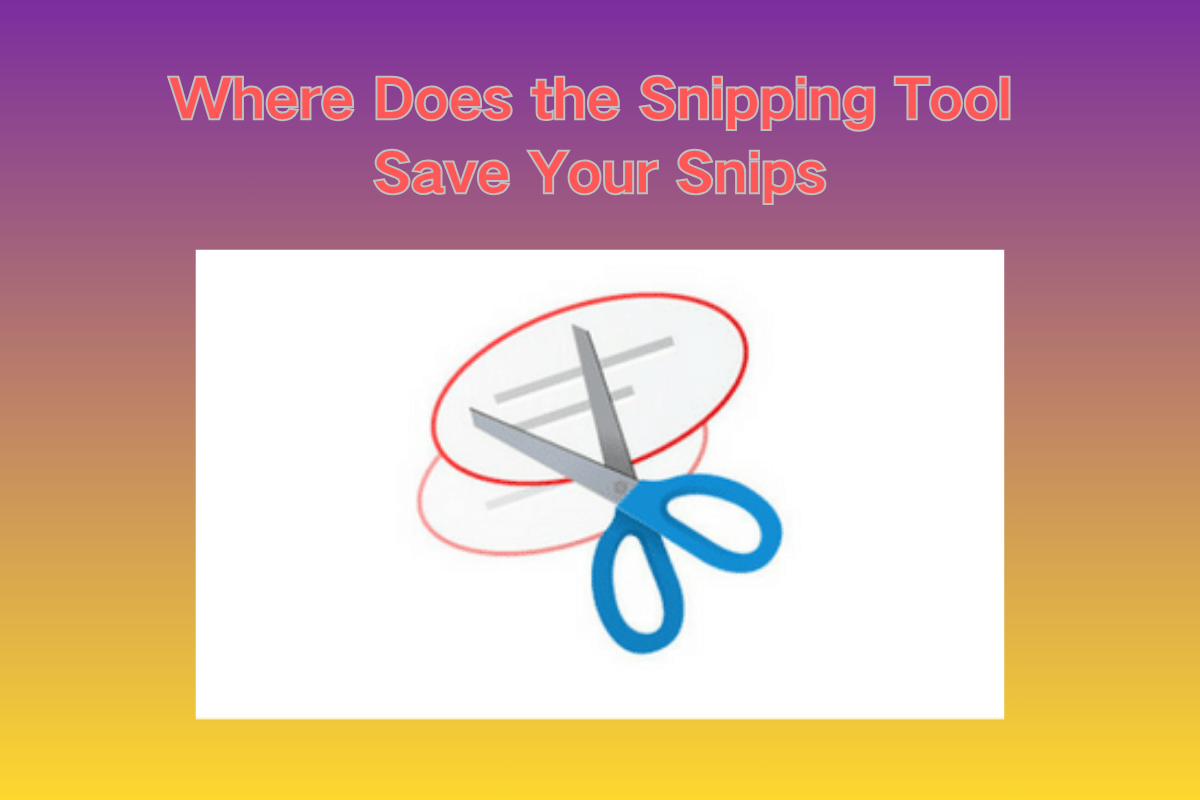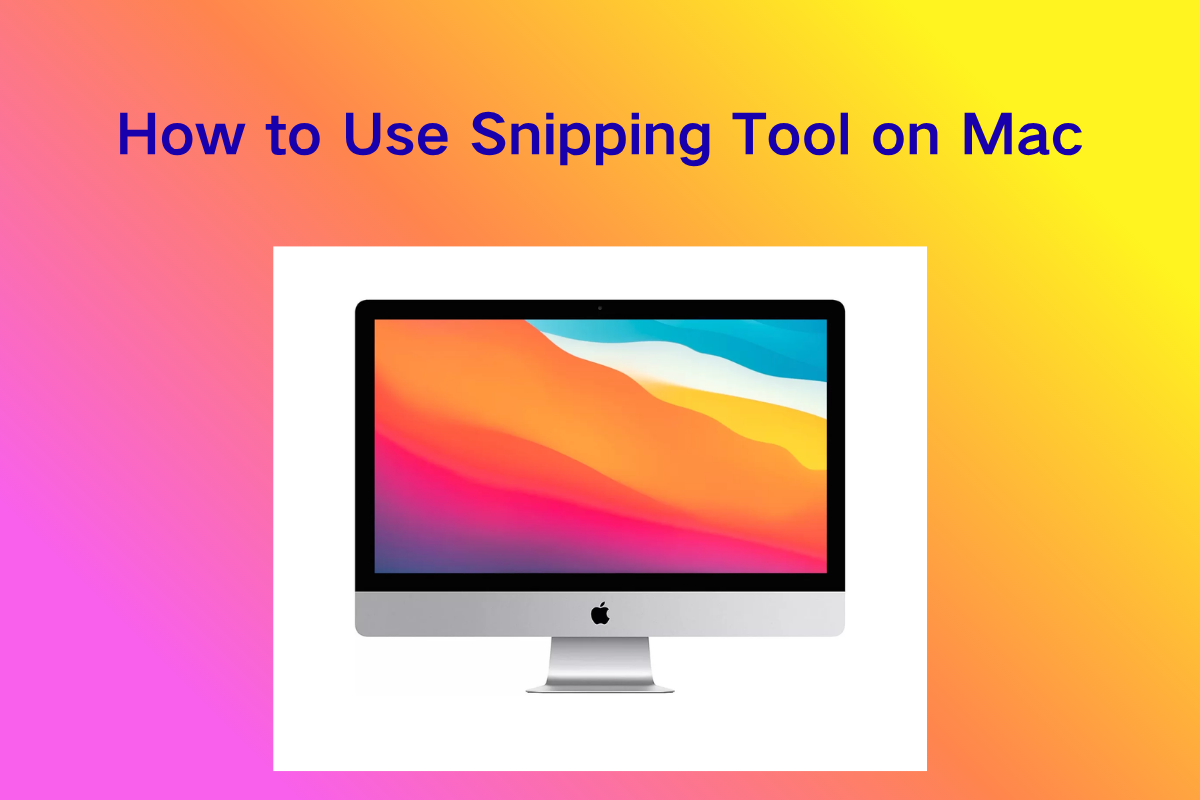How to Use Windows Snipping Tool: A Comprehensive Guide

Design & Build Quality (Interface & Usability)
The Windows Snipping Tool is a built‑in screenshot utility included in Windows 10 and Windows 11, designed for simplicity and productivity.
Here’s what makes its interface effective:
- Lightweight and intuitive: Launch it with Win + Shift + S or search in the Start menu.
- Viewport overlay: A dimmed screen and four capture modes: Rectangular, Free-form, Window, and Full-screen.
- Video mode: In Windows 11, you can record screen clips using Win + Shift + R.
- AI-powered tools: On Copilot+ PCs, it includes "Perfect Screenshot" and "Color Picker".
The UI is minimalist and keeps your workflow distraction-free. Annotation tools appear after the capture to avoid clutter.
Capabilities & Performance (Features & Workflow)
Quick Capture via Shortcut
- Use Win + Shift + S to activate the overlay.
- Select a snip mode and drag/select the area.
- Snip is copied to your clipboard, and a notification appears for further actions.
Capture Modes Explained
- Rectangular Snip: Click and drag to capture a rectangle.
- Free-form Snip: Draw any shape with your mouse or pen.
- Window Snip: Click on an active window to capture it.
- Full-screen Snip: Captures all monitors at once.
Advanced Functions
- Delay Timer: Set a delay of 3, 5, or 10 seconds to capture dropdowns or transient elements.
- Video Snip: Select a screen region and record activity. Ideal for tutorials and demos.
- AI Tools: "Perfect Screenshot" frames content automatically; "Color Picker" gets pixel-level color values.
Annotation & Editing Tools
- After snipping, use the editor to:
- Draw with pens and highlighters.
- Crop images for clarity.
- Extract text using OCR.
- Edit videos in Clipchamp.
Ease of Use & Real-World Use Cases
Fast Keyboard Workflow
- Press Win + Shift + S.
- Select a mode and snip.
- Paste directly into apps (Ctrl + V).
- Or open the notification to annotate and save.
You can also reassign the Print Screen key to open Snipping Tool from Settings → Accessibility → Keyboard.
Capturing Menus or Delayed Elements
- Open Snipping Tool manually.
- Set a 5-second delay.
- Open the target menu or tooltip.
- After the delay, capture with chosen snip mode.
Annotating Before Saving
- After capture, use the editor to:
- Add arrows, text, and highlights.
- Crop for better focus.
- Share via clipboard or email.
Extracting Text from Images
- Use the Text Actions button to OCR and copy text from your screenshot.
- Especially useful for copying error messages or code snippets.
Recording Tutorials or Demos
- Record with Video Snip.
- Open in Clipchamp to:
- Trim clips.
- Add subtitles.
- Insert music or voiceovers.
Tips, Caveats & Troubleshooting
- Notifications must be enabled: Otherwise, you won't see the capture popup.
- Focus Assist can block popups: Add Snipping Tool to priority list.
- No default format preference: Must re-select PNG or JPEG each time.
- No drag-and-drop: You can't drag directly from the tool to desktop — save first.
- Overexposed screenshots?: May be due to monitor calibration, not the tool.
Conclusion
The Windows Snipping Tool (now merged with Snip & Sketch) offers a clean, efficient, and feature-rich way to capture screenshots and short videos.
Its key strengths:
- Simple shortcut-based workflow.
- Multiple snip types for flexibility.
- AI & OCR tools for modern productivity.
- Built-in video recording with editing.
For those who need deeper automation or scrolling capture, third-party tools like ShareX or Snagit may be better—but for most users, Snipping Tool is more than enough, and best of all: it's already on your PC.


